How to Help Your 3rd Grade Student Prepare for the Texas STAAR Math Test

How to Help Your 3rd Grade Student Prepare for the Texas STAAR Math Test
As a parent of a 3rd-grade student in Texas, you play a crucial role in supporting your child’s success on the STAAR math test. Understanding how to guide your child through the preparation process can alleviate stress and boost confidence. This comprehensive guide aims to equip you with practical strategies, effective study techniques, and invaluable tips to help your child excel on the test. For official information Texas Education Agency website.
Understanding the Texas STAAR 3rd Grade Math Test
The State of Texas Assessments of Academic Readiness (STAAR) math test assesses 3rd-grade students’ mathematical proficiency. It covers various math domains, including operations, geometry, measurement, data, and more. The test format includes a specific number of questions, time limits, and different question types. Understanding the scoring system and proficiency levels is essential to interpret your child’s performance accurately. The test is administered at a designated time during the academic year, and results play a significant role in evaluating your child’s academic progress. For additional educational resources website.
Key Math Skills Your 3rd Grader Needs to Master
Operations & Algebraic Thinking: This domain focuses on understanding multiplication, division, and basic algebraic concepts. For example, your child should be able to solve problems like 3 x 4 = __. For additional educational resources website.
Number & Operations in Base Ten: Mastery of place value, addition, and subtraction within 1,000 is crucial. Your child should understand concepts like regrouping and place value notation. For additional educational resources website.
Number & Operations – Fractions: Introduce fractions through simple scenarios like dividing a pizza into equal parts. Your child should grasp concepts like halves, thirds, and fourths. For additional educational resources website.
Measurement & Data: Help your child understand units of measurement, reading graphs, and interpreting data. Practice measuring objects at home and discussing data from everyday situations. For additional educational resources,.
Geometry: Explore shapes, angles, area, and perimeter with your child. Identify shapes in the environment and calculate the perimeter of simple figures.
Building Strong Math Foundations at Home
Creating a math-friendly environment at home is key to your child’s success. Implement daily practice strategies, incorporate math into everyday activities like grocery shopping and cooking, engage in math games, utilize manipulatives and visual aids, read math books together, and leverage technology resources for interactive learning experiences.
Daily Practice Strategies: Set aside time each day for math practice. Use worksheets, online resources, or practical exercises to reinforce concepts.
Making Math Part of Everyday Activities: Involve your child in budgeting, measuring ingredients, or calculating time to enhance real-world math skills.
Games and Activities: Play math games like “Math Bingo” or “Math War” to make learning fun and engaging.
Using Manipulatives and Visual Aids: Hands-on tools like fraction bars, geometric shapes, or base-10 blocks can enhance your child’s understanding of abstract concepts.
Reading Math Books Together: Explore math-themed storybooks that encourage problem-solving and critical thinking skills.
Technology Resources: Utilize educational apps and websites that offer interactive math practice tailored to 3rd-grade skills.
Effective Study and Practice Strategies
Help your child develop effective study habits by creating a realistic study schedule, making practice sessions enjoyable, using practice tests strategically, reviewing mistakes constructively, building stamina for longer practice sessions, and tracking progress over time.
Creating a Realistic Study Schedule: Plan regular study sessions that align with your child’s attention span and energy levels.
Making Practice Sessions Enjoyable: Incorporate rewards, challenges, or interactive elements to keep your child engaged during practice.
Using Practice Tests Effectively: Familiarize your child with the test format, time constraints, and question types through practice tests.
Reviewing Mistakes Constructively: Encourage your child to understand and learn from errors rather than feeling discouraged by them.
Building Stamina for Longer Practice Sessions: Gradually increase the duration of practice sessions to help your child focus for extended periods.
Tracking Progress Over Time: Keep a record of your child’s performance to identify strengths and areas that require further improvement.
Test-Taking Strategies and Techniques
Equip your child with effective test-taking strategies such as time management techniques, thorough reading of word problems, multiple problem-solving approaches, selective skipping of difficult questions, meticulous error-checking, and handling various question types confidently.
Time Management Strategies: Teach your child how to allocate time wisely across different sections of the test.
Reading Word Problems Carefully: Guide your child through dissecting word problems, identifying key information, and formulating a plan to solve them.
Problem-Solving Strategies: Encourage your child to explore multiple avenues to solve a problem, fostering creativity and critical thinking.
When and How to Skip Difficult Questions: Advise your child on when it’s strategic to skip challenging questions and return to them later, ensuring time efficiency.
Checking Work Effectively: Emphasize the importance of reviewing answers, checking calculations, and verifying solutions before submitting the test.
Handling Different Question Types: Practice various question formats with your child to build familiarity and confidence in tackling diverse problems.
Supporting Your Child Emotionally
Emotional support is crucial during the test preparation phase. Recognize and address test anxiety, cultivate confidence through small achievements, create a positive learning atmosphere at home, approach setbacks constructively, celebrate progress regardless of perfection, and employ effective encouragement strategies.
Recognizing and Managing Test Anxiety: Help your child cope with stress by practicing relaxation techniques and positive self-talk.
Building Confidence Through Small Wins: Celebrate every milestone and improvement to boost your child’s self-esteem and motivation.
Creating a Positive Learning Environment: Foster a supportive and nurturing atmosphere where mistakes are viewed as opportunities for growth.
Dealing with Setbacks Constructively: Encourage resilience and perseverance in the face of challenges, emphasizing the value of effort and persistence.
Celebrating Progress, Not Just Perfection: Acknowledge and appreciate your child’s efforts and progress, reinforcing a growth mindset.
Encouragement Strategies That Work: Offer words of encouragement, praise specific efforts, and provide constructive feedback to inspire continuous improvement.
Practice Resources and Tools
Utilize a variety of practice materials to enhance your child’s preparation, including online resources, apps, quality practice materials, and collaboration with teachers and school resources. The comprehensive practice book “5 Texas STAAR Grade 3 Math Practice Tests” aligns perfectly with the test requirements and offers valuable practice opportunities.
Explore online resources, practice apps, and interactive tools tailored to 3rd-grade math skills. Choose high-quality practice materials that align with the STAAR test format and content. Additionally, engage with your child’s teachers and leverage school resources to reinforce learning and receive targeted support.
Creating a Test Day Success Plan
Prepare your child for test day by establishing a structured plan that includes activities for the week before the test, the day before, test day preparation, healthy habits, morning routines, and post-test discussions. Encourage a calm and focused mindset to optimize performance.
Week Before the Test: Review key concepts, ensure ample rest, and maintain a positive attitude to alleviate stress.
Day Before the Test: Organize materials, relax, and engage in light revision without overwhelming your child.
Test Day Preparation: Pack necessary items, establish a morning routine, and encourage a nutritious breakfast to fuel your child’s brain.
Healthy Habits: Emphasize the importance of sleep, nutrition, and physical activity to support cognitive function and overall well-being.
Morning of the Test Routine: Create a calm and focused atmosphere at home, offer words of encouragement, and help your child feel confident and prepared.
After the Test: Discuss your child’s experience, celebrate their efforts, and identify areas for improvement in a constructive manner.
Frequently Asked Questions
How do you add and subtract mixed fractions?
To add and subtract mixed fractions, start by converting the mixed fractions into improper fractions. Then, for addition, find a common denominator, add the fractions together, and simplify the result if needed. For subtraction, follow the same process but subtract the fractions instead. Practice with your child using visual aids or worksheets to reinforce the concept. For more resources on Grade 3 math topics, check out the for additional support.
How do you multiply and divide decimals?
To multiply decimals, first, ignore the decimal points and multiply the numbers as if they were whole numbers. Then, count the total number of decimal places in the factors and place the decimal point in the product so that it has the same total number of decimal places. When dividing decimals, move the decimal point in the divisor to make it a whole number, then move the decimal point in the dividend the same number of places. For more practice and examples, you can explore some helpful Grade 3 math books like.
How do I add two angles?
To add two angles, simply add the measures of the angles together. For example, if one angle measures 30 degrees and the other angle measures 45 degrees, you would add 30 + 45 to get a total of 75 degrees. You can practice adding angles using visual aids or manipulatives to help your child understand the concept better. For more math resources to support your 3rd-grade student’s learning, check out the Top 10 Grade 3 Math Books Inspiring Young Mathematicians To Explore for engaging and educational materials.
Final Thoughts
Our Top Picks for This Month
In summary, supporting your 3rd-grade student in preparing for the Texas STAAR math test requires dedication, patience, and effective strategies. By building a strong math foundation, practicing regularly, mastering test-taking techniques, and offering emotional support, you can empower your child to approach the test with confidence and competence. Remember, each small step towards progress is a valuable achievement in your child’s learning journey. Stay positive, stay supportive, and watch your child shine brightly in their mathematical endeavors!
Popular Math Books
Recommended Math Resources
Related to This Article
More math articles
- FREE 6th Grade MEAP Math Practice Test
- Top 20 Math Websites for Virtual Learning
- 7th Grade MEAP Math Practice Test Questions
- What Are the Applications of Polar Coordinates?
- How to Find Interval Notation
- Quotient Quickies: How to Navigate Decimal Division with Estimations
- Polygon Names
- How to Graph the Cosine Function?
- How to Solve Word Problems to Identify Independent and Dependent Variables
- How to Find the Scale Factor of a Dilation?
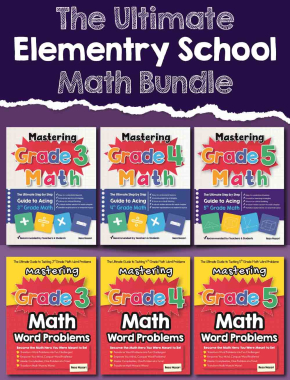


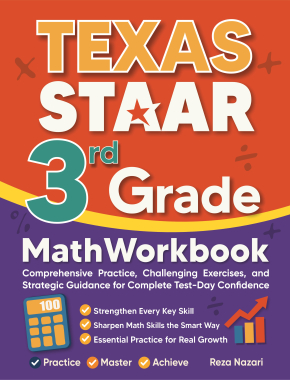

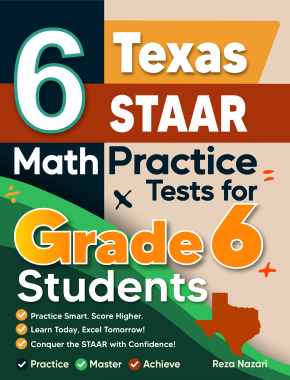
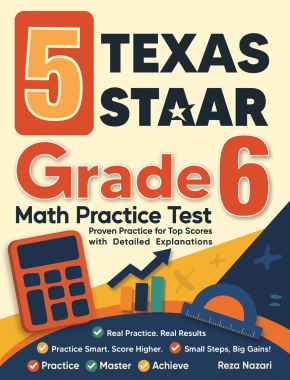
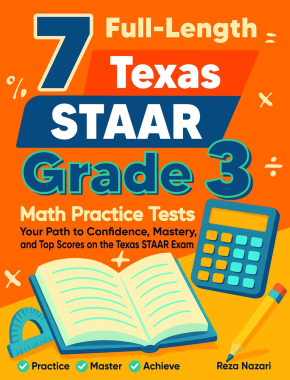
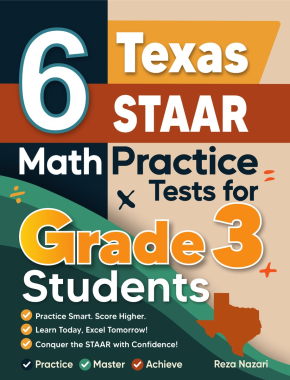
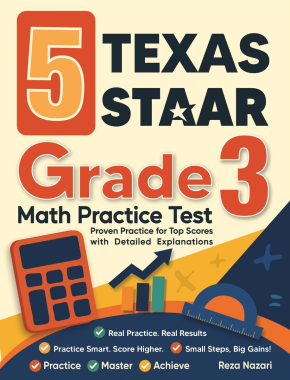
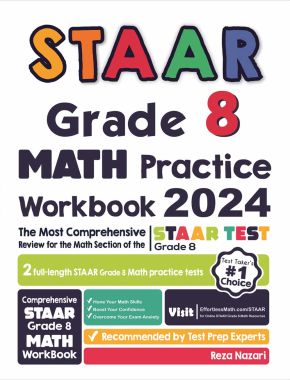



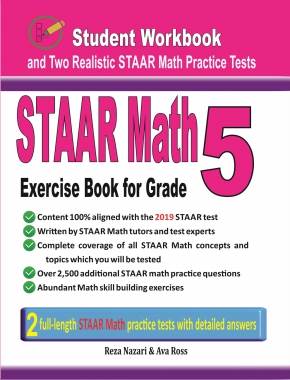
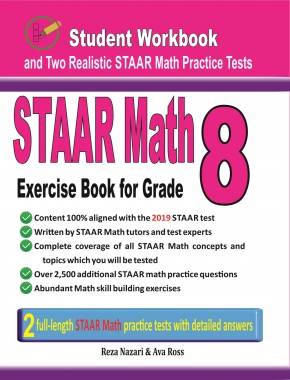

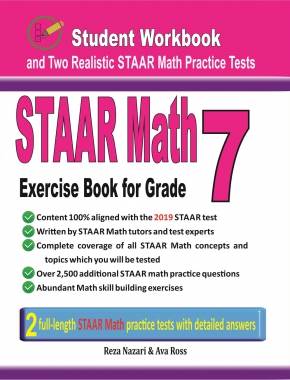











What people say about "How to Help Your 3rd Grade Student Prepare for the Texas STAAR Math Test - Effortless Math: We Help Students Learn to LOVE Mathematics"?
No one replied yet.